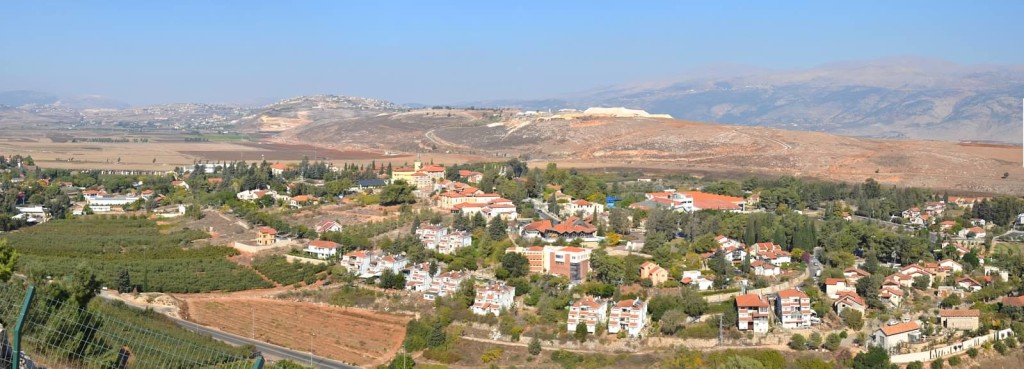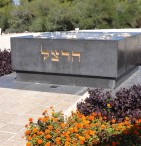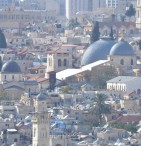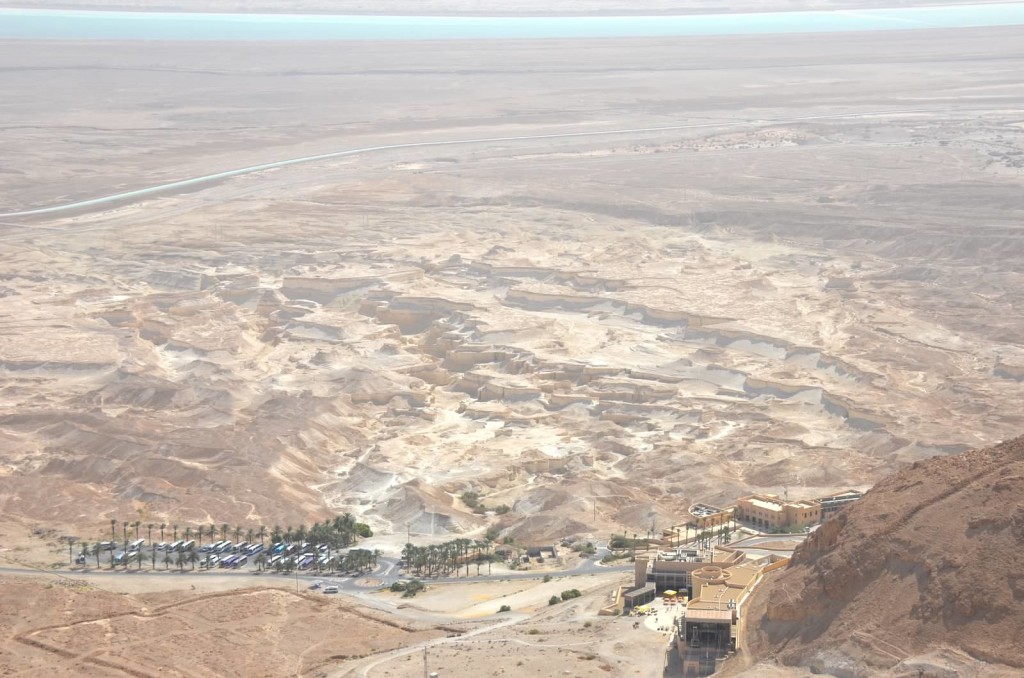
Metulla, built on lands built for Jewish farmers by the Baron de Roshschild in the late 19th century, became the northernmost town in the state of Israel. It sits right on the Lebanese border, hard up against territories controlled by the Lebanese Shiite political party Hizbullah which is associated with Iran and is committed to Israel’s destruction.




